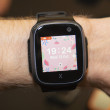Review: ZTE Grand X Max 2 for Cricket Wireless
Lock Screen
The Grand X Max 2's lock screen experience is similar to what we've seen from several other ZTE handsets over the last year.
Press the screen lock button to see the clock and notifications, as there are no tricks to wake the screen. The lock screen provides a large and easy-to-read clock near the top. Notifications are broken down by app and listed in chronological order underneath the time. As always, you can select how revealing those notifications are.
Be default, the Grand X Max 2 requires a long press on the lock screen to unlock the handset. You can alter this to a PIN, pattern, or password if you want. The phone doesn't have a fingerprint sensor, so those are your only options.
The lock screen also provides the typical shortcuts to the phone and camera apps. Oddly, using the camera shortcut always opens the camera in selfie mode. This cannot be changed.
Home Screen
The Grand X Max 2 runs Android 6 Marshmallow with a noticeable interface skin from ZTE.
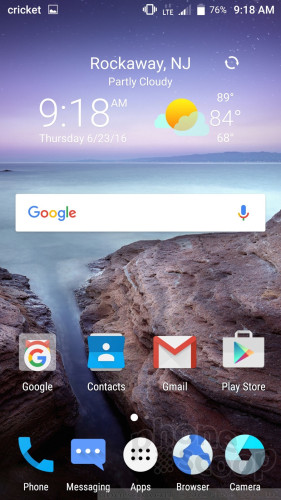
The home screen panels and app drawer have their own appearance thanks to ZTE's fonts and colors. The app icons are big, bright, and cartoonish. Two home screen panels are active out of the box, but these can be customized as per the norm. That means wallpapers, app shortcuts, and widgets are all up to you.
The settings menu is that of stock Android (green text on a white screen), but the Quick Settings tool has been adjusted to match ZTE's fonts and semi-transparent theme. One nice change is that ZTE allows Grand X Max 2 owners to re-arrange the Quick Settings panel.
The Grand X Max 2 includes a couple of themes: normal and sport. The sport theme makes the phone look like it belongs on the bench with the New York Knicks basketball team (ZTE sponsors the Knicks.) No, there is no Cleveland Cavaliers theme. ZTE's interface also allows users to select from several different screen animation styles.
By default, the capacitive keys below the screen are back, home, multitask, but you can swap back and multitask if you want.
Mi-Pop is the one unique, new feature in ZTE's user interface. When enabled, Mi-Pop places a little, floating circle on the screen. You can position the circle anywhere on you prefer. The default action, when pressed, is to go back a screen. If you long-press the Mi-Pop button and slide it to the left, three other options (home, menu, multitask) appear. ZTE is pitching Mi-Pop as a tool for one-handed use. I got sick of it after 30 minutes and turned it off.
The Grand X Max 2 has a Snapdragon 617 processor under the hood. This is Qualcomm's current mid-range processor. The 1.5 GHz octa-core engine is more than powerful enough when it comes to motivating the Grand X Max 2. Performance was smooth across the board. I didn't see any issues when transitioning between screens, jumping to other apps, or playing some of the preinstalled games.
Camera
The Grand X Max 2 doesn't have a camera button, so you have to use the shortcut on the lock screen or the normal icon on the home screen. Thankfully the camera app starts quickly.
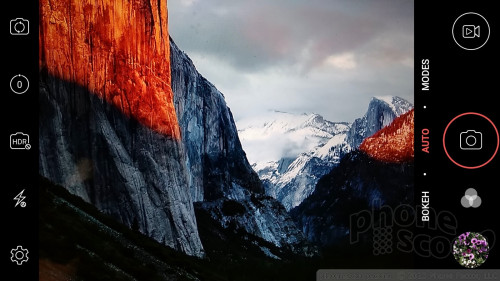
ZTE's current camera app has one maddening feature that cannot be changed: when opened, it defaults to the user-facing / selfie camera, and not the rear camera for taking normal photos. If you want to take a photo of something other than yourself, you have to open the camera app and switch it to the rear camera.
According to ZTE, this is the way the phone is designed because Millennials are all about the selfie. I guess I'm not a Millennial. Regardless, a smarter app would simply default to the last-used mode. ZTE's setup defies logic.
The camera includes a handful of toggles for some features (timer, flash, rear cam) and separate buttons for the camera and video camera. The Grand X Max 2 has five shooting modes: auto, bokeh, manual, panorama, and multiple-exposure. Most of these are self-explanatory.
The bokeh mode is assisted by the secondary rear camera, which captures depth-of-field information. This lets you create some images with distinct in-focus and out-of-focus areas. There is a sliding aperture tool when shooting in bokeh mode to control just how narrow the depth-of-field is. The smaller the aperture, the smaller the area of the photo that will be in focus. You need to be within six feet of your main subject for bokeh mode to produce any real effect. It's not easy to master in one attempt; you'll probably need to take several shots before truly understanding how this tool works. It could be easier.
The multi-exposure mode does pretty much what the name implies: you take two pictures and overlay them in a handful of different ways to create a single image. Multi-exposure produces some unique images, but it's complicated and you really have to practice to get the hang of it.
The manual mode is great for people who want to take a little more control. It allows you to adjust shutter speed, white balance, ISO, exposure, intervals (for timelapse), and focus. The manual mode includes an always-on grade tool on the screen to help ensure the shot is level (if you want it to be).
You can also simply fire away in auto mode and ignore the advanced functions completely.
The deep settings controls are maddening to use. They appear on the screen in a series of transparent drop-down menus and are nearly impossible to see/read. The white text is often lost entirely. I wish ZTE would change this. These tools do allow you to set the image size and aspect ratio, geotagging, grid lines, and so on.
The Grand X Max 2's camera could be easier to use. The interface is a bit fussy and can be hard to see in some lighting. Moreover, the camera itself is too slow to focus and capture pictures.
Photos/Video
The 13-megapixel sensor occasionally takes good pictures. Exposure and white balance were often on point, but focus was problematic. In the sample photo with the purple flowers, the phone was unable to focus at all because the flowers were swaying a little in the wind. As long as everything is perfectly still, the Grand X Max 2 manages to sharpen up images (see the Legos). Introduce even a little movement, and things fall apart. I was most pleased with the color in images I took. The Grand X Max 2 did a great job recording the color of the sky and grass on the day I took samples.
The 8-megapixel selfie cam does a decent job. You can see in the sample below that it underexposed the background a bit, and I'm not quite as sharp as I should be.
Overall, the Grand X Max 2 might be good enough for everyday shots (scenery, perhaps, but not quick-moving kids), but I'd turn to a real camera for important stuff.
The same goes for video. The Grand X Max 2 can capture video up to 1080p HD and it is pretty decent. As is often the case, the video camera software is able to improve upon the camera's focusing issues; most of the video is properly focused and exposed. White balance is accurate, too.
ZTE / Cricket Stuff
The Grand X Max 2 has a few too many apps preinstalled, especially considering that none of them can be deleted. Cricket-branded apps include Cricket Rewards, MyCricket, and Visual Voicemail. Other additions taking up space number AskMD, Candy Crush, Clean Master, Deezer, Dice with Buddies, Dolby Audio, Mobile Strike, Words, and Yahtzee. The Grand X Max 2 has 16 GB of internal storage and you have access to 9 GB of it. You're going to need to make use of that memory card support.


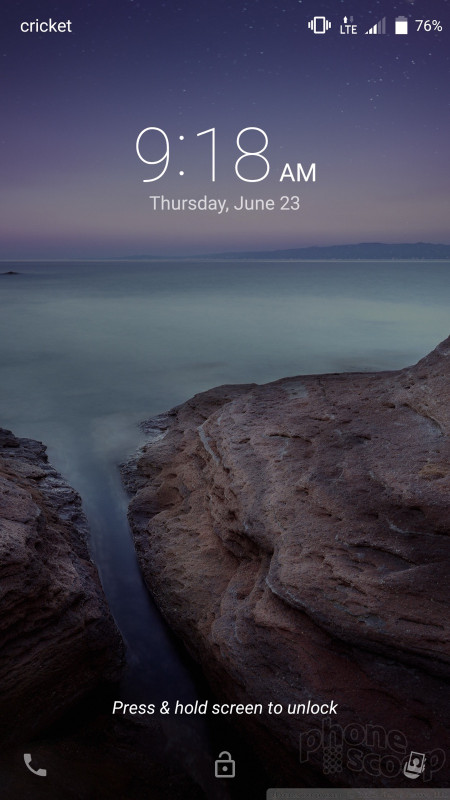




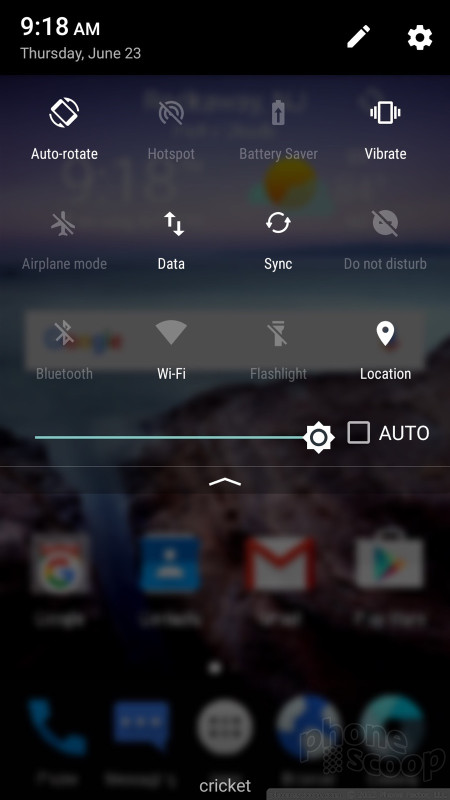





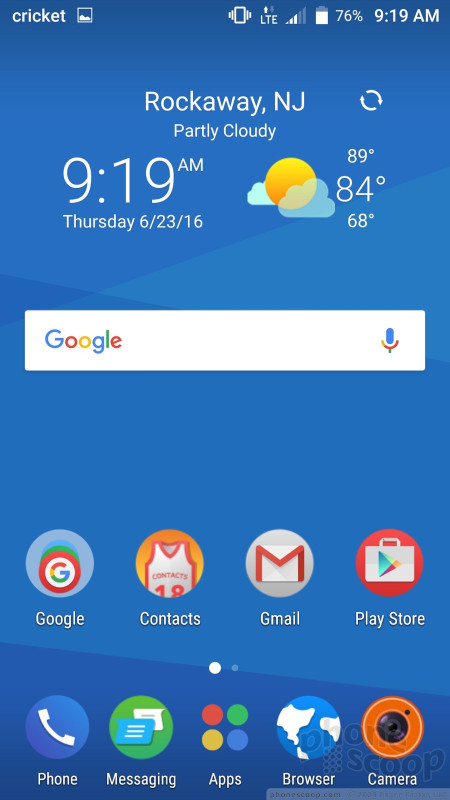




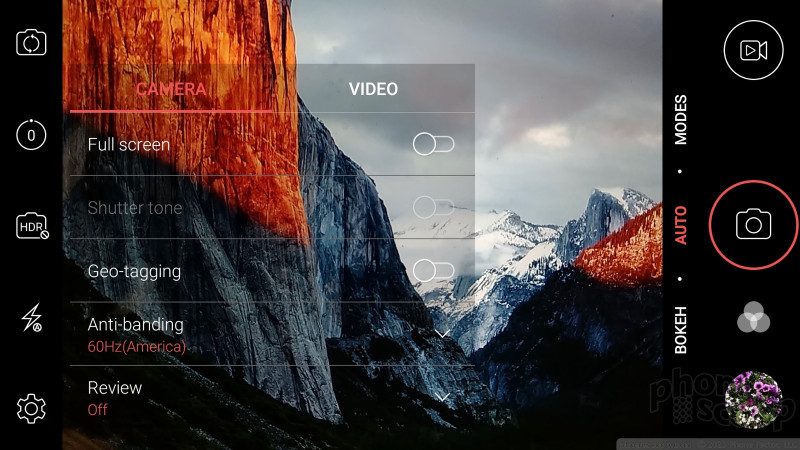






















 ZTE Brings Dual-Camera Grand X Max 2 to Cricket
ZTE Brings Dual-Camera Grand X Max 2 to Cricket
 iPhone 14 Plus Offers a Big Screen For Less
iPhone 14 Plus Offers a Big Screen For Less
 iPhone 15 Series Goes All-In on USB-C and Dynamic Island
iPhone 15 Series Goes All-In on USB-C and Dynamic Island
 Cricket Goes for Another Ovation
Cricket Goes for Another Ovation
 AT&T's Newest 5G Phone is Just $90
AT&T's Newest 5G Phone is Just $90
 ZTE Grand X Max 2 / Imperial MAX
ZTE Grand X Max 2 / Imperial MAX



